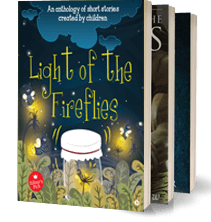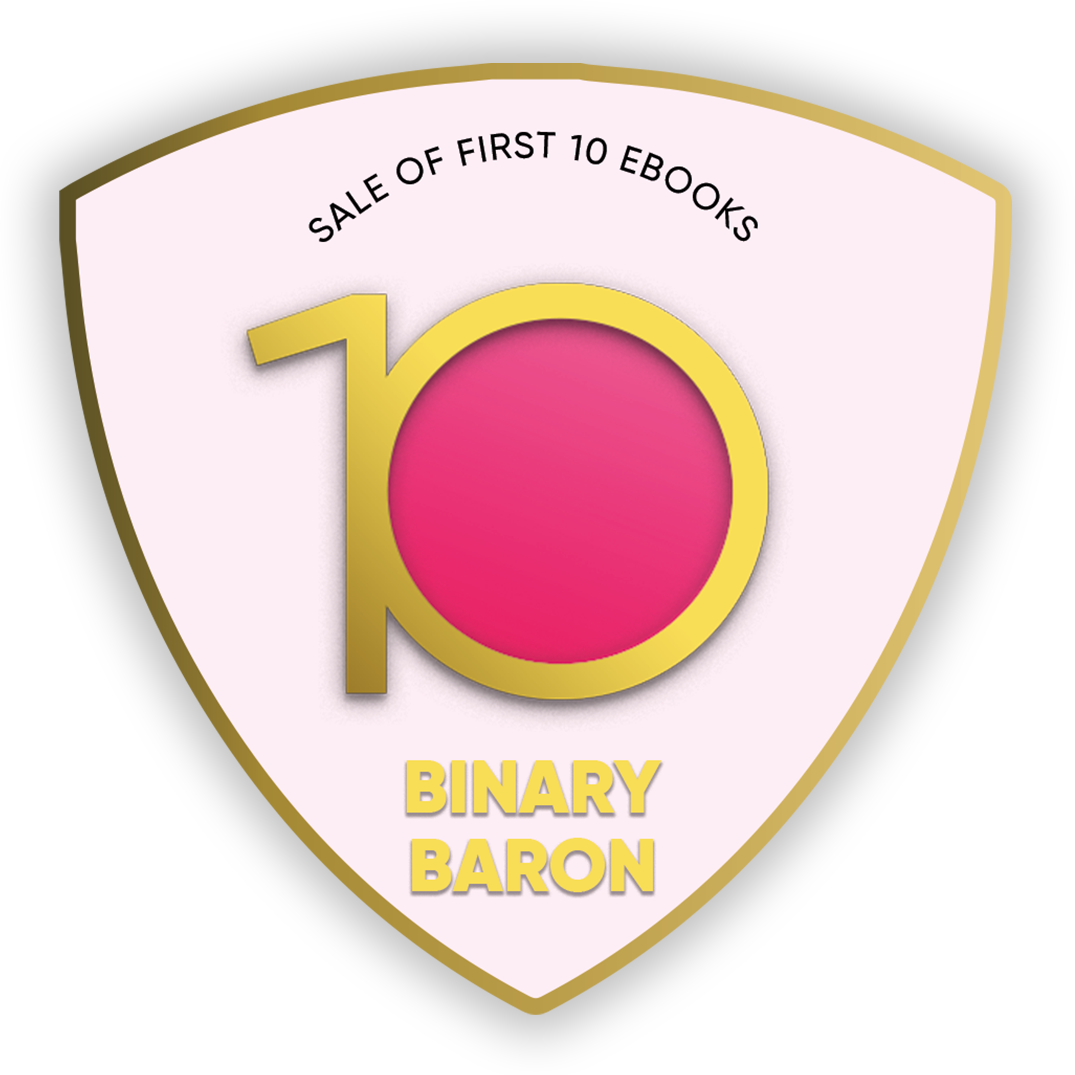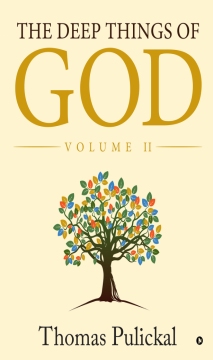
- Discover books
- For Writers
-
For Writers
-
Indie Author Championship
-
Challenges
Writing Contests
- Get Started

"It was a wonderful experience interacting with you and appreciate the way you have planned and executed the whole publication process within the agreed timelines.”
Subrat SaurabhAuthor of Kuch Woh Pal -
-
-
IN
- India
- Singapore
- Malaysia
- 0
Thomas Pulickal
Thomas Pulickal, after an initial encounter with God in 1994, is now an itinerant preacher in India. The understanding that Christ is the One presented throughout the Bible, both in the old and the New Testament, became an inspiration which led him to see the gospel, not simply as a message to be preached but as the person of Christ living within people. The revelation about Christ being the person of the fulfilment of every promise and prophecy in the old testament scriptures inspired him to discern the truth that even the promises given to Abraham were made to his seed who is Christ. This isRead More...
Thomas Pulickal, after an initial encounter with God in 1994, is now an itinerant preacher in India. The understanding that Christ is the One presented throughout the Bible, both in the old and the New Testament, became an inspiration which led him to see the gospel, not simply as a message to be preached but as the person of Christ living within people. The revelation about Christ being the person of the fulfilment of every promise and prophecy in the old testament scriptures inspired him to discern the truth that even the promises given to Abraham were made to his seed who is Christ. This is the reason he dares to state that unless we leave the faith of Abraham, Isaac, and Jacob as well as the other prophets, we cannot move on to the faith of the Son of God. For the author, faith in Christ is different from the faith of Christ, a fact he intensely illustrates in this book through the distinction between the first and second, the old covenant and the New Covenant, or Adam and Christ. This book is all about unveiling Christ from Genesis 1:1 to Revelation 22:21 and the transition from Adam the living soul to Christ the life-giving Spirit.
Read Less...Crop your profile image

The Deep Things of God
Books by Thomas Pulickal
This book unfolds the eternal truths about the kingdom of God through the eight parables described in the gospel of Matthew chapter 13, emphasising Christ as the person of the fulfilment of all the types, shadows, figures, pictures, symbols, illustrations, patterns, events, feasts, ceremonies, rituals, sacrifices, people, promises, prophecies and even the various laws of the old covenant. These parables expose the three-fold aspect of the judgement by which th
This book unfolds the eternal truths about the kingdom of God through the eight parables described in the gospel of Matthew chapter 13, emphasising Christ as the person of the fulfilment of all the types, shadows, figures, pictures, symbols, illustrations, patterns, events, feasts, ceremonies, rituals, sacrifices, people, promises, prophecies and even the various laws of the old covenant. These parables expose the three-fold aspect of the judgement by which the old covenant remains completely abolished. The first was when Christ crucified Adam in His body of flesh and separated Adam from Himself. The second was when Christ as the Son of Man appeared in judgement over the nation of Israel and the temple in A.D. 70 through the Roman army, destroying the entire old covenant system. The third is the subjective experience of the objective reality of Christ’s death to be manifested in each one of us personally through the new birth when we identify ourselves with Him by bearing His death and live by His life.
All the Parables concern themselves with the kingdom of God which is a spiritual kingdom formed within us when our created or soulish life is replaced with the divine life of God in Christ Jesus. Since only Christ lives in His kingdom, He invites us to live in and by Him who alone is the life, thus destroying our Adamic nature that stands in opposition to the will of the Father, by His abiding presence within us, and enables the transition from Adam the living soul or the realm of death into Christ the life-giving Spirit or the realm of life. The Parables of Matthew 13 thus consummate the desire of Christ, “that they may be one,” when mankind irrespective of denomination, caste, colour, creed and nationality live in and by the life of the One who died and rose for them, establishing them in the Father.
The Deep Things of God
Books by Thomas Pulickal
In the beginning, the Lord God formed man from the dust of the ground and breathed into his nostrils the breath of life and the man became a living soul. This breath of the living soul was breathed out by Christ at His death on the Cross and again after the resurrection, He breathed on the disciples the Spirit of God, saying, “Receive the Holy Spirit,” thereby enabling man the transition from the first man Adam into the second man Christ. At the de
In the beginning, the Lord God formed man from the dust of the ground and breathed into his nostrils the breath of life and the man became a living soul. This breath of the living soul was breathed out by Christ at His death on the Cross and again after the resurrection, He breathed on the disciples the Spirit of God, saying, “Receive the Holy Spirit,” thereby enabling man the transition from the first man Adam into the second man Christ. At the death of Christ, the old covenant along with the external and natural ways of relating with God was nailed to the Cross, bringing forth in His resurrection, the New Covenant life, the body of resurrection, known as the body of Christ, where all those united to Christ in the spirit become one with Him. God wants the entire mankind to live in and by the New Covenant which is the reality or substance of the person of Christ as the indwelling life within us since this is the eternal plan, purpose and will of God. The Bible thus presents two realms, one of death and the other of life, through the old and the New Covenant, with two different types of relationships. God did not improve or modify the first man Adam on the Cross but crucified Adam in Christ and this is known as the judgement where Adam has been separated from Christ. This reality has to be inworked within the soul of every human being, for the transition from the natural and the earthly into the heavenly and the spiritual and thus from the living soul Adam to the life-giving Spirit Christ. This book unfolds the truth that Christianity is neither a religion nor an organisation but a true Christian is characterised by the resurrected life of Christ dwelling within him....

Are you sure you want to close this?
You might lose all unsaved changes.
Select from one of our global stores to continue
 India
India
 Malaysia
Malaysia
 Singapore
Singapore
Warning Message
The items in your Cart will be deleted, click ok to proceed.












